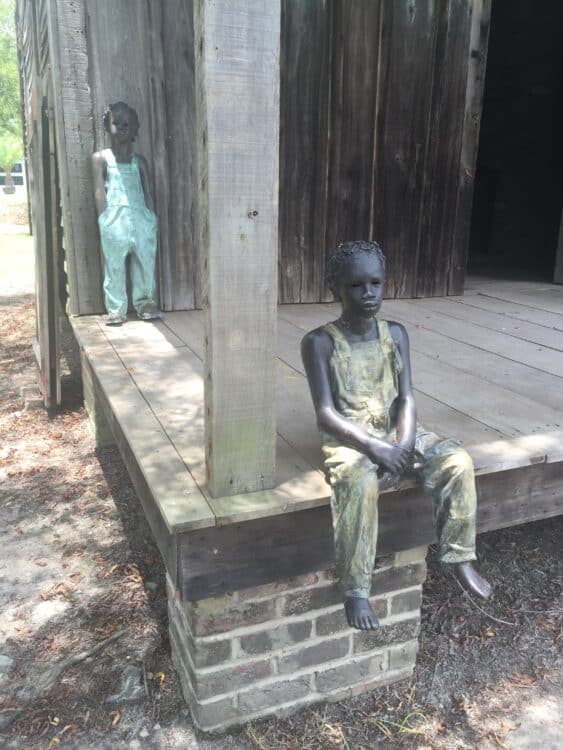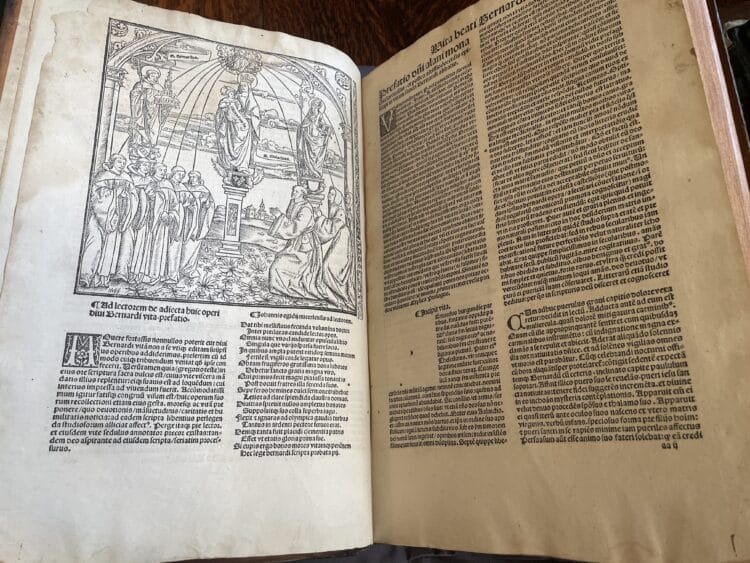Principal Emden: ‘the force that did what had waited 700 years’
13 Feb 2019|Rob Petre
- Library, Arts & Archives
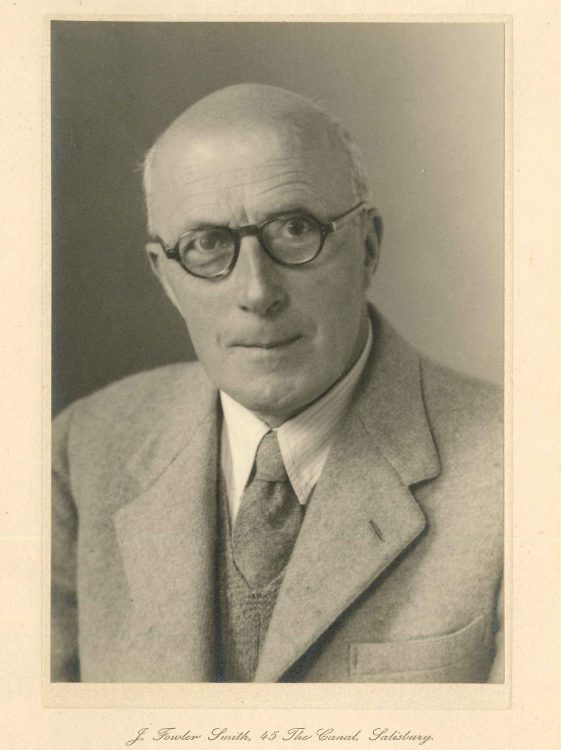
One hundred years ago this term, there started at St Edmund Hall a man whose influence shaped the history of the Hall probably more than any other single individual – Alfred Brotherston Emden, or the ‘ABE’.
On 21 November 1918 ‘Burglar Bill’* Williams, Principal of the Hall, wrote to Emden, late of Lincoln College and the Royal Navy, offering him the post of Tutor in Modern History. He admitted that the salary was insecure and that it would be an “adventure” for the first year or so, but Emden accepted; and so began the ABE’s association with the Hall, an institution that thrives today because of his stewardship and generosity.
[*‘Burglar Bill’ was a poem for “young reciters” by a writer for Punch called F Anstey. The poem calls him “brawny” and John Kelly notes in his history of the Hall that the Principal’s nickname derived from Williams being stocky with bushy eyebrows, and always wore a cap pulled low.]
The buttery books reveal that the ABE started at the Hall on 14 February 1919; within a year he became the Bursar, and by the end of 1920 Vice-Principal too; the day-to-day running of the Hall was in his control, and so the first undergraduate library and the first baths can both be attributed to him. He was an indefatigable researcher into the history of the Universities and the Hall in particular; we hold six boxes of his research notes in the archives and the Bodleian has a couple more. After a false start when G B Cronshaw was chosen by Queen’s as the new Principal, only to pass away shortly after, the ABE became head of house in 1929 – but he retained the office of Bursar. All Hall life really did pass through his hands.
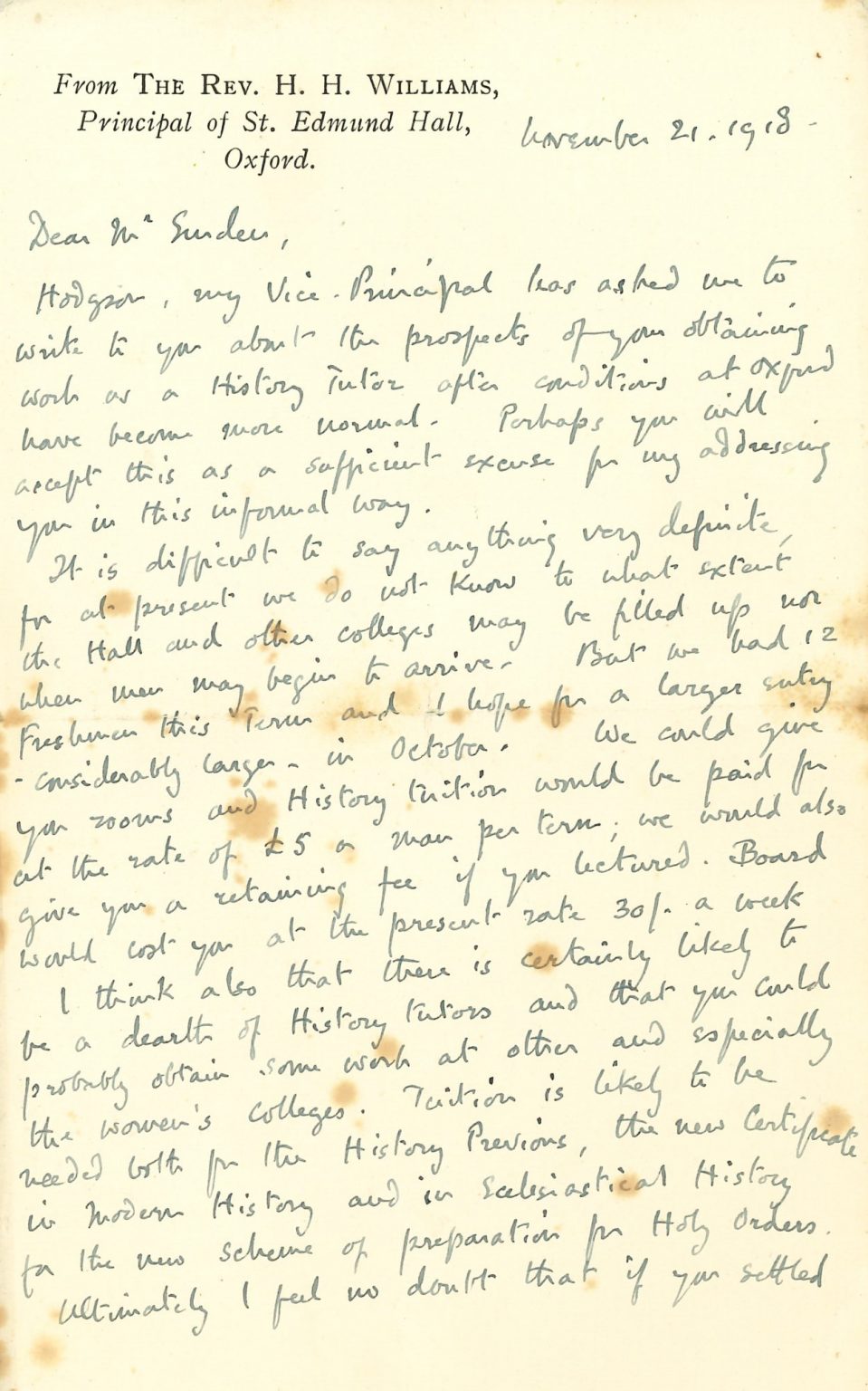
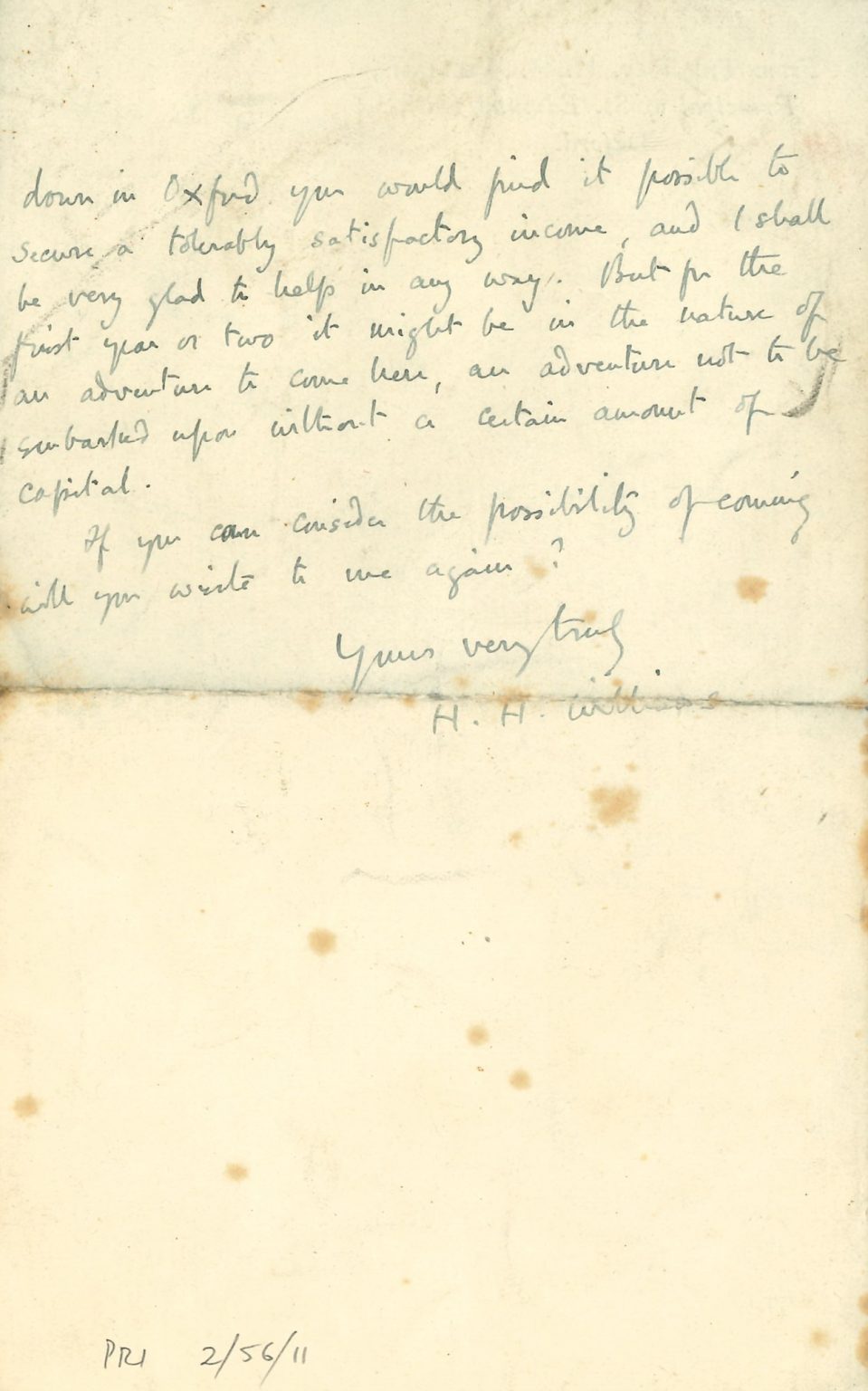
The Hall had been an appanage of Queen’s for many centuries; and although it was Edward Moore who secured its independence, it was Emden who secured the liberation from what he called the “leading strings” of Queen’s in 1934; in 1937 new statutes provided that the Hall tutors would become Fellows of the Hall, with a functioning Governing Body; but through all these changes Emden insisted that it was better “that the hall should remain the oldest surviving hall rather than become the youngest of the colleges”, leaving considerable control in the hands of the Principal. (He was persuaded to change his mind in the 1950s, and threw his weight behind the campaign for the Hall to get full collegiate status, which was confirmed in the new charter of 1957.)
Emden was extraordinarily successful in attracting students to the Hall; the University even threatened to withhold funding if the Hall admitted too many students, limiting the Hall to 150 in residence in 1937 (when the number on the books was 147)!
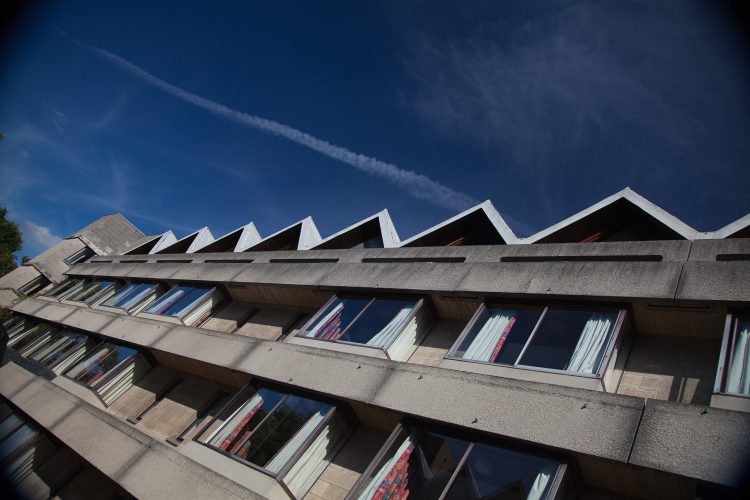
During the Second World War the ABE persuaded the Admiralty to set up Royal Naval Reserve Divisions based in the university towns. Naturally he took command of the Oxford division, but it was not just a desk job. He managed to get on board a submarine undertaking a sortie to the Bay of Biscay during the German occupation of France; he must have been well into his fifties when he did this!
Emden came to be adored by most of the students who came up under his Principalship; every Sunday he invited groups of students for breakfast; held musical evenings playing records on his gramophone; and who could help but like a head of house who not only let in a student after hours but then fed him, letting him go with the warning “Don’t tell the Vice-Principal!”
His dealings with his Fellows were a little less warm. It is claimed that some of them met in secret for a parallel Governing Body, and when he allowed the Fellows to use the Old Library as a Senior Common Room he had grilles placed over the shelves so that the Fellows could not access the books.
When he retired in 1951, he was regarded by his successor Principal Kelly as the greatest transforming influence in the history of the Hall, and by an old member as “the force that did what had waited 700 years”; he changed a small medieval hall into a thriving academic community capable of standing on its own two feet.
Read more on our blog
Category: Library, Arts & Archives
Author

Rob
Petre
Rob is the College Archivist. His role is to preserve the documentary heritage of St Edmund Hall and to try and answer questions on any aspect of the Hall’s history with reference to our archive collection.
